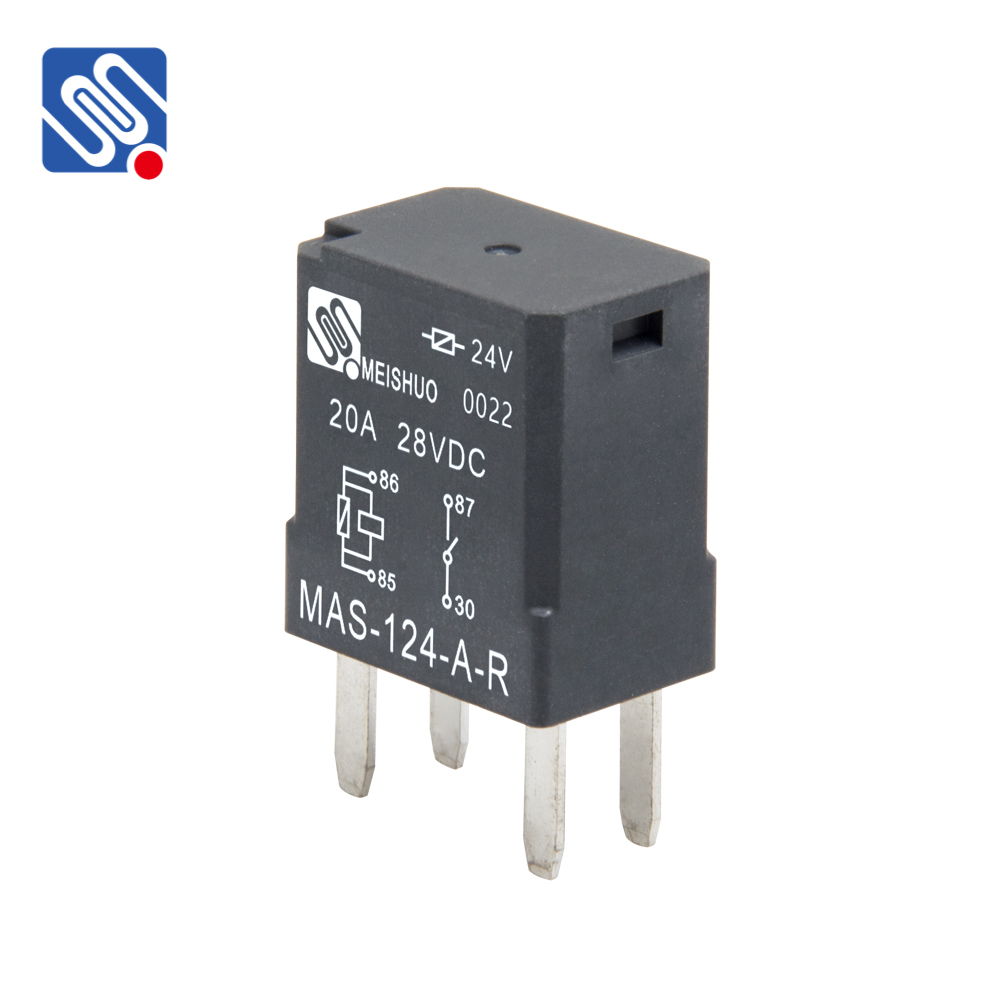understanding the 24v 30a relay: a comprehensive guide
Release time:2025-04-09 17:13:30
A 24V 30A relay is an essential component in many electrical circuits, used to control high-power devices with a low-power signal. It’s widely used in automotive, industrial, and home automation systems. This article will explore the characteristics, working principles, applications, and benefits of the 24V 30A relay, providing an understanding of why it’s such an important component in modern electronic systems.

What is a 24V 30A Relay?
A 24V 30A relay is an electromechanical switch that operates using a 24-volt input to control circuits that may require much higher currents—up to 30 amperes. The relay is composed of an electromagnet, a set of contacts, and a mechanical switch. When a low-voltage signal (in this case, 24V) is applied to the coil of the relay, it generates a magnetic field that causes the relay’s contacts to either open or close, thereby allowing or interrupting the flow of current in the connected circuit.
Key Features of the 24V 30A Relay
Voltage and Current Rating: The 24V indicates the voltage required to activate the relay, while the 30A rating refers to the maximum current the relay can handle on its contacts. This means that the relay can control devices or circuits that draw up to 30 amperes of current, making it suitable for a variety of industrial and automotive applications.

